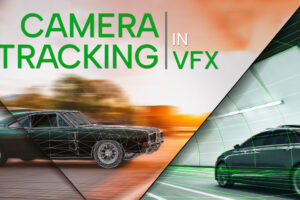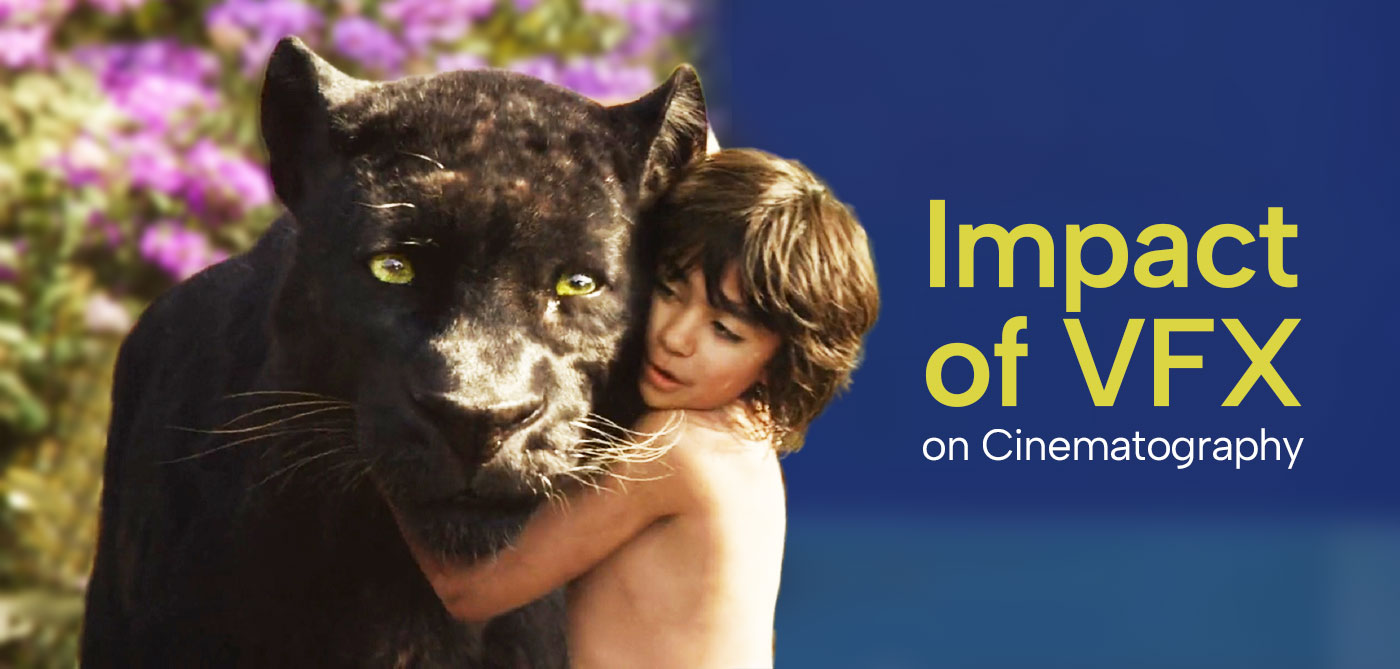
Impact of VFX in Cinematography
Visual effects and cinematography are two separate arts that significantly influence a movie’s quality. Yet they frequently combined for all valid reasons.
VFX Institutes that provide the best VFX courses. Often include the basics of cinematography as well since these two disciplines are interconnected.
Despite belonging to the same category, they cannot use both to refer to the same art.
Cinematography is the art of visually conveying a story, its vicinity, nuances, etc. And it is operated by orchestrating the camera movement, camera angle, lighting & composition.
On the other hand, visual effects are typically created after the film’s shooting. To add the effects that do not physically exist or are too difficult to capture through cinematography, the artist produces visual effects to broaden the director’s vision.
So as to provide the nuance of visually telling a story extraordinarily, filmmakers make use of the aid of VFX technology. That made it possible to reimagine the cinematic visual experience.
Almost all film production companies rely on VFX techniques. That are now easily accessible as a result of the rapid advancement of technology over the previous 20 years. Contrary to popular belief, FX methods are applicable across many film genres, not simply science fiction and fantasy. In reality, modern FX techniques used in 9 out of 10 Hollywood blockbuster movies. The fact that movies that use FX technology typically rank better in the box office list proclaim the relevance of the VFX sector.
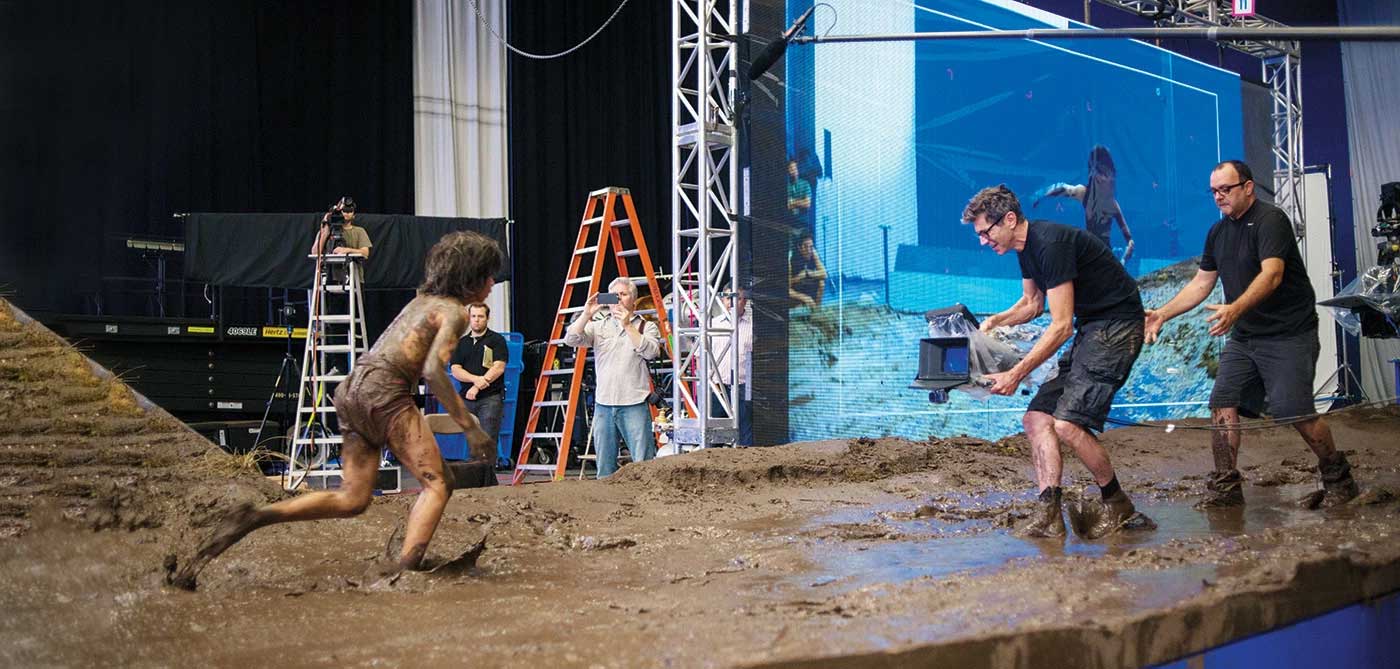
Role of a Cinematographer:
Cinematography is the process of physically capturing the movie on location thereby enabling the process of visually communicating the story. It involves coordinating the camera movement, composition, and lighting. In preproduction, a cinematographer collaborates closely with the director to develop the visual style. And determine the technical requirements for executing it.
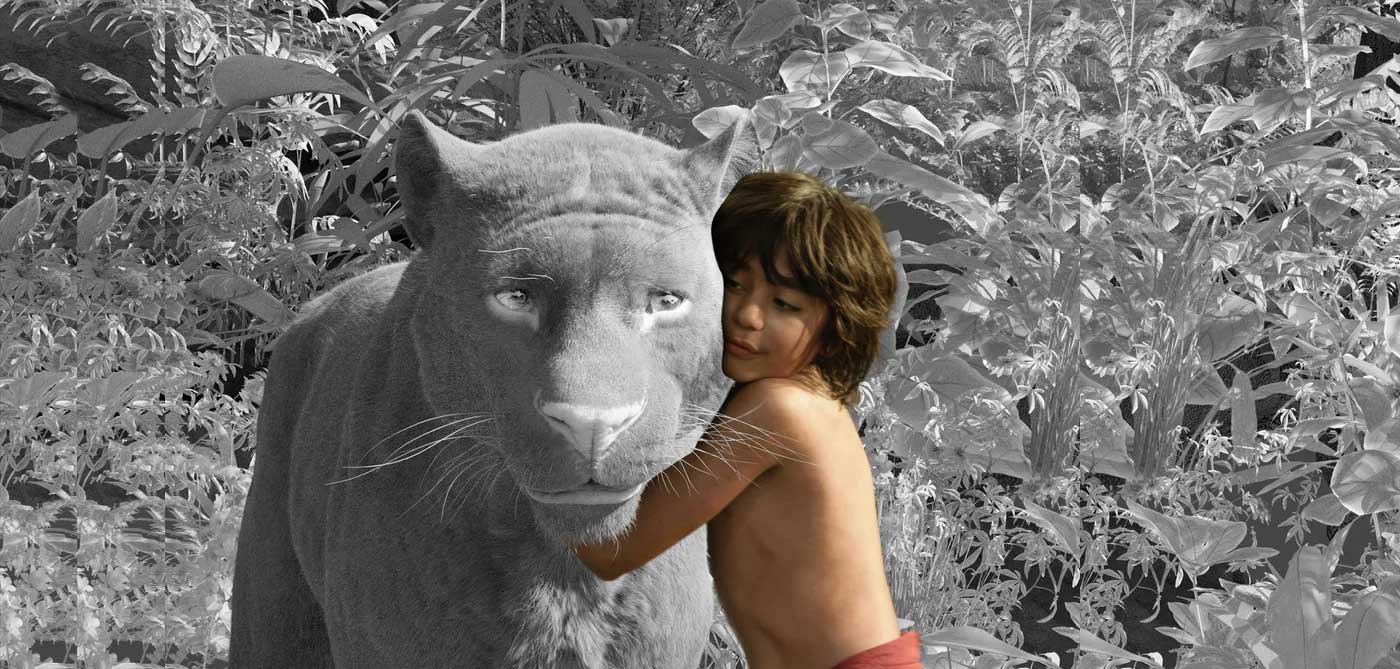
Role of a VFX artist
Usually, after filming is over. The artist produces visual effects to broaden the director’s vision by producing pictures that either are physically impossible or can’t be captured on location. In order to plan, carry out and guarantee that the movie’s concept eventually appears on screen, s/he also works in collaboration with other artists and specialists. The visual effects later added to the cinematography if needed.
For this process, the selection of professional VFX artists who have completed authentic VFX courses from reputed VFX institutes often opted to keep up with the high professional standards of VFX quality.
Key factors:-
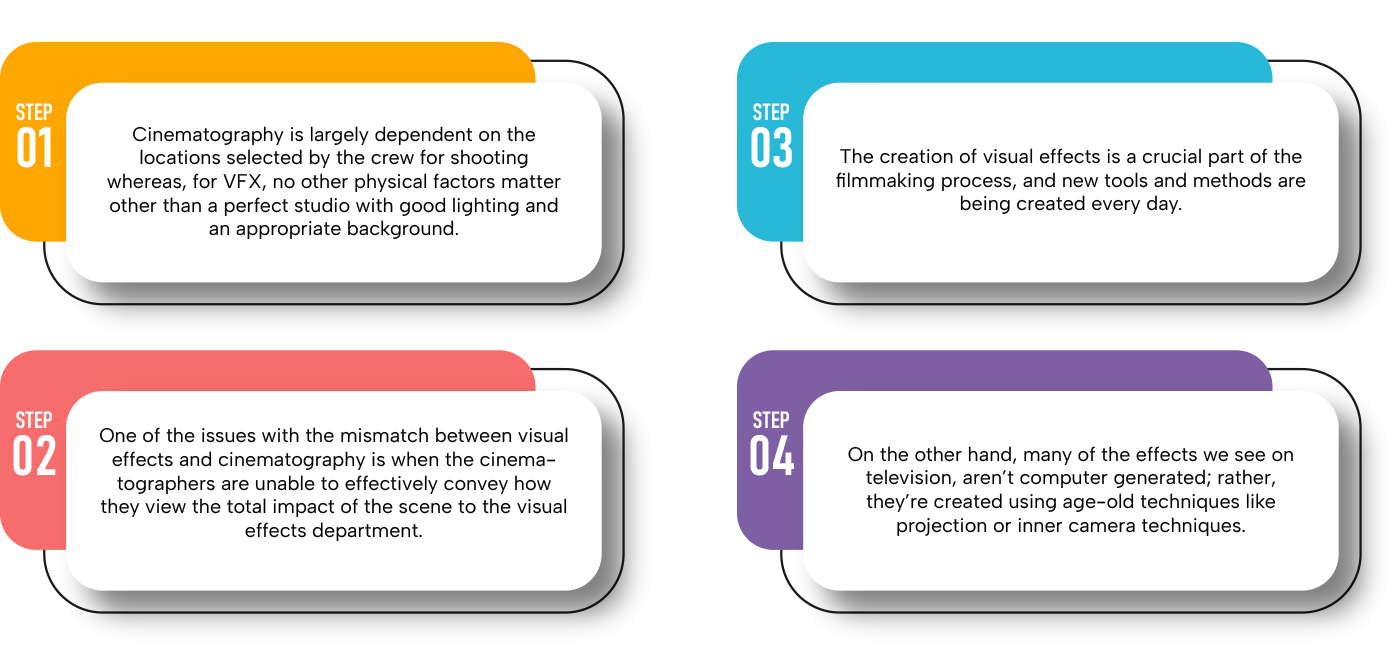
VFX optional but Cinematography Mandatory?
Cinematography serves as a film’s framework and thus is crucial in determining the overall impact of the film. The plot is told through the cinematography, which also determines what the audience experience visually. Films could not successfully or accurately portray their tales without good cinematography.
The cinematographer is in charge of ensuring that everything looks right and authentic. Including how well the actors do their roles, how well their facial expressions transmit their emotions, and how well the actors lit.
Meanwhile, though VFX is not mandatory for all films, due to its capacity to produce imaginative yet realistic scenes, visual effects have become an indispensable tool for the filmmaking sector.
VFX: Modern Cinematography through Computers
Instead of cameras, a VFX artist singlehandedly could execute VFX in Cinematography, with the aid of computers. The vision is same, although the method and tools are different and is accomplished through digital techniques. The premise that is non-existent or too dangerous to shoot can’t done through cinematography. VFX is an inevitable tool in such contexts. When it comes to non-supernatural films, the major difference is that the audience can always spot good cinematography. But good VFX is impossible to spot when it’s meant to be portrayed realistically.
VFX Director of Photography
The art of visual storytelling greatly benefits from the work of the VFX Director of Photography. It is the responsibility of the VFX DP to create all visual effects elements, whether they be background plates, miniatures, stunt doubles on a blue screen, aerial photography, or match the style of the 1st Unit DP’s photography, in order for everything to ultimately appear as though it shot as a single unit.

Since the advent of film as a form of art, through the heyday of classic cinema, and into the digital age, the position of the cinematographer has in fact evolved. In conclusion, though Cinematography and VFX are two separate arts, they have astounding similarities. As discussed above, a VFX artist effectively does the role of a cinematographer but their artistic work is mostly accomplished through computers. It is important to understand the concept of photorealism while assessing these two. Unlike old times, today a VFX artist from a good VFX Academy already has a sound idea about both of these arts during their study period itself.


